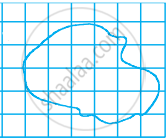Advertisements
Advertisements
Question
In the given figure, ABCD is a parallelogram. If AB = 12 cm, AE = 7.5 cm, CF = 15 cm, then AD =

Solution
Given: (1) ABCD is a parallelogram.
(2) AB = 12 cm
(3) AE = 7.5 cm
(4) CF = 15cm
To find: AD
Calculation: We know that,
Area of a parallelogram = base × height
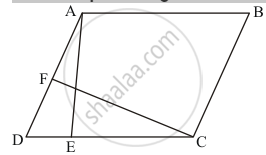
Area of a parallelogram ABCD = DC ×AE (with DC as base and AE as height) ……(1)
Area of a parallelogram ABCD = AD ×CF (with DC as base and AE as height) ……(2)
Since equation 1 and 2 both are Area of a parallelogram ABCD
`DC xx AE = AD xx CF`
`AD = (DC xx AE)/(CF)`
`AD = (AB xx AE)/(CF)` (AB = DC , opposite sides of parallelogram are eual )
`AD = (12 xx 7.5)/15`
AD = 6 cm
APPEARS IN
RELATED QUESTIONS
In Q. No 1, if AD = 6 cm, CF = 10 cm, and AE = 8cm, find AB.
PQRS is a rectangle inscribed in a quadrant of a circle of radius 13 cm. A is any point on PQ. If PS = 5 cm, then find ar (ΔRAS)
ABCD is a parallelogram. P is any point on CD. If ar (ΔDPA) = 15 cm2 and ar (ΔAPC) = 20 cm2, then ar (ΔAPB) =
Find the area of a rectangle whose length and breadth are 25 m and 16 cm.
The table given below contains some measures of the rectangle. Find the unknown values.
| Length | Breadth | Perimeter | Area |
| ? | 15 cm | 60 cm | ? |
Is the area of the blue shape more than the area of the yellow shape? Why?

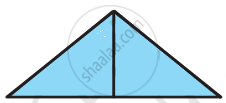
How many tiles like the triangle given here will fit in the white design?
Area of design = ________ square cm
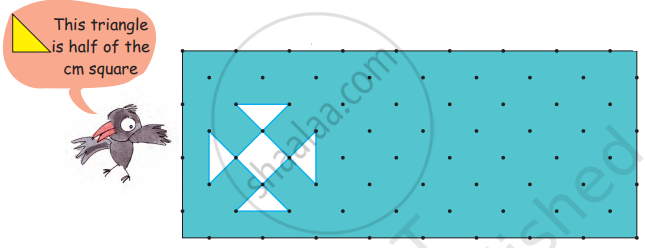
The region given in the following figure is measured by taking  as a unit. What is the area of the region?
as a unit. What is the area of the region?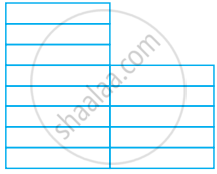
Find the area of the following figure by counting squares:

Find the area of the following figure by counting squares:
